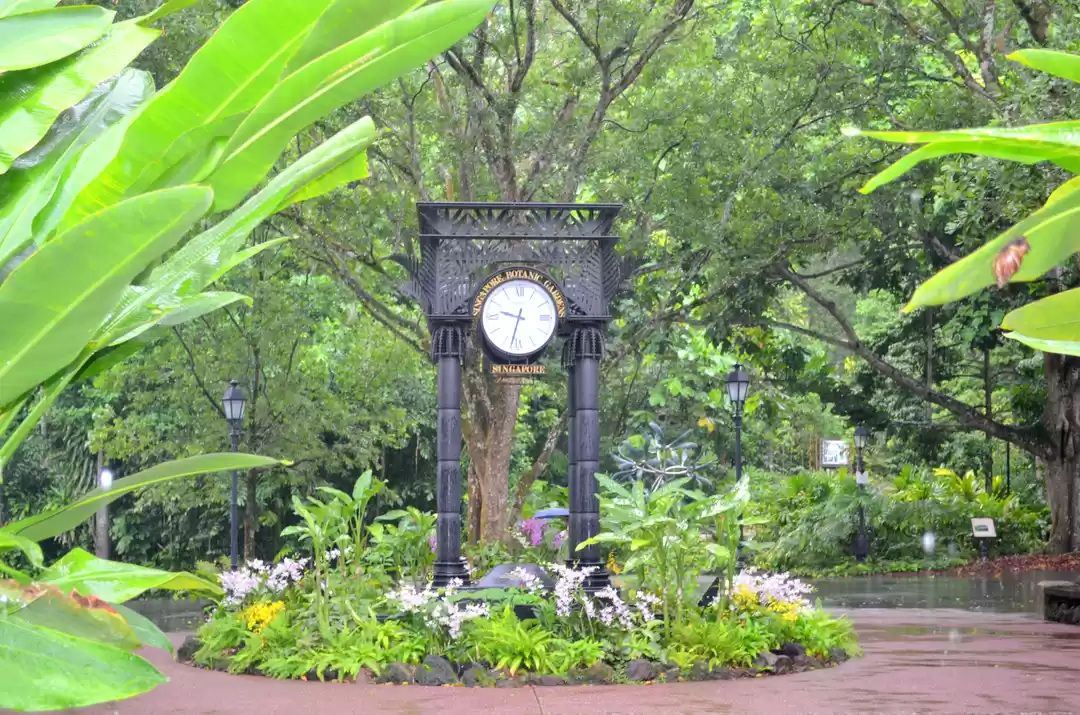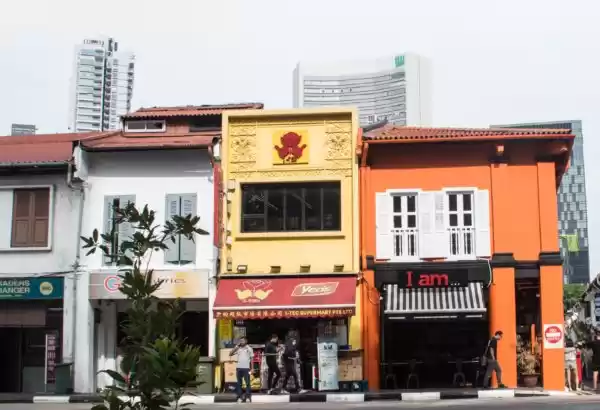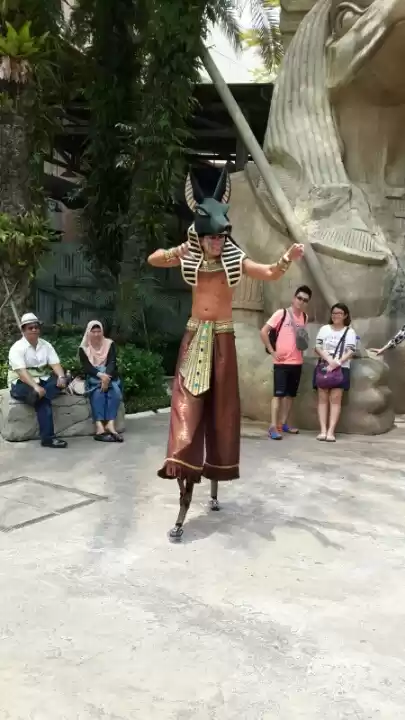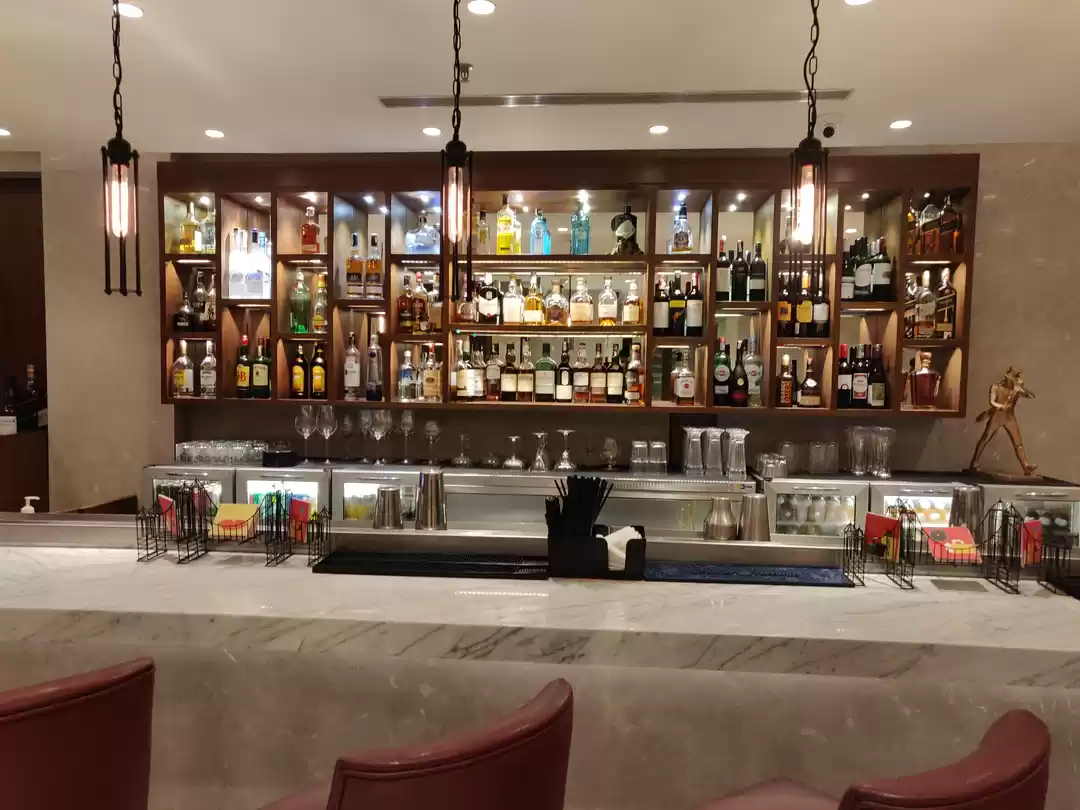If you are looking for a place to experience the authentic and diverse food culture of Singapore, look no further than Lau Pa Sat. Lau Pa Sat, which means “old market” in Hokkien, is one of the oldest and most iconic hawker centres in the city-state. It is not only a food paradise, but also a heritage site and an architectural marvel.
In this article, we will explore the history, architecture, and food of Lau Pa Sat, and how you can make the most of your visit to this landmark.
History of Lau Pa Sat
Lau Pa Sat has a long and rich history that dates back to 1825, when it was first established as a waterfront fish market by the British colonial government. It was originally called Telok Ayer Market, after the bay where it was located. The market was a bustling hub of trade and commerce, where merchants and fishermen sold their goods and services.
In 1894, the market was relocated to its current site at Raffles Quay, due to land reclamation and sanitation issues. The new market was designed and built by prominent architects and engineers, such as James MacRitchie, George Drumgoole Coleman, and James Walter Chapman Taylor. They used cast-iron frames and columns that were imported from Glasgow, and a clock tower that was imported from London. The market had a distinctive octagonal shape and a dome roof, which gave it a Victorian and colonial flair.
Over the years, the market underwent several restoration and renovation projects, which preserved its original features and added modern amenities. In 1973, the market was gazetted as a national monument, in recognition of its historical and cultural significance. In 1986, the market was converted into a hawker centre, which offered a variety of local and international cuisines. In 2014, the hawker centre was revamped with a new interior design and a larger seating capacity.
Today, Lau Pa Sat is more than just a market. It is a symbol of Singapore’s heritage and identity, and a testament to its resilience and adaptability.
Architecture of Lau Pa Sat

Lau Pa Sat is a stunning example of 19th-century cast-iron architecture, which is rare and unique in Southeast Asia. The hawker centre has a striking octagonal shape and ornamental columns, which reflect the Victorian and colonial influences of its era. The cast-iron structure and the clock tower, which were imported from Glasgow and London respectively, add to its charm and elegance. The hawker centre also has decorative elements, such as arches, windows, louvres, and a dome, which enhance its aesthetic appeal and natural ventilation.
Lau Pa Sat is comparable to other similar structures in Singapore and abroad, such as the Albert Dock in Liverpool and the Central Market in Kuala Lumpur. However, Lau Pa Sat stands out for its fusion of Western and Eastern styles, and its integration of old and new elements. Lau Pa Sat is a masterpiece of engineering and design, and a sight to behold.
Food at Lau Pa Sat

Lau Pa Sat is a food lover’s dream come true. The hawker centre offers a wide range of food options, from traditional Singaporean dishes to international cuisines. You can find everything from chicken rice to sushi, from nasi padang to pizza, from fishball noodles to burgers, and more. The hawker centre caters to different tastes and preferences, and has something for everyone.
Some of the popular and famous stalls and dishes at Lau Pa Sat are:
Thunder Tea Rice: A healthy and hearty dish of rice, vegetables, tofu, peanuts, and tea soup, which originated from the Hakka community.
Nasi Padang: A spicy and savoury dish of rice, meat, vegetables, and curry, which originated from the Minangkabau community in Indonesia.
Fishball Noodles: A simple and satisfying dish of noodles, fishballs, and soup, which is a staple of Singaporean cuisine.
Chicken Rice: A classic and comforting dish of rice, chicken, and chilli sauce, which is considered the national dish of Singapore.
But the highlight of Lau Pa Sat is the satay street, which transforms the adjacent Boon Tat Street into a bustling and aromatic outdoor dining area every night. Here, you can enjoy grilled skewers of meat, such as chicken, beef, mutton, and prawns, served with peanut sauce, cucumber, onion, and rice cakes. The satay street is a must-try for anyone who visits Lau Pa Sat, as it offers a unique and unforgettable experience.
Here are some tips and recommendations for the best time, price, and quality to enjoy the food at Lau Pa Sat:
The best time to visit Lau Pa Sat is in the evening, when the hawker centre is lively and vibrant, and the satay street is open.
The average price of a meal at Lau Pa Sat is around S$5 to S$10, which is very affordable and reasonable for the quality and quantity of food.
The best way to find the best stalls and dishes at Lau Pa Sat is to look for the ones with the longest queues and the most awards and reviews, as they indicate the popularity and reputation of the food.
Lau Pa Sat is more than just a hawker centre. It is a hawker centre with history, architecture, and food. It is a place where you can learn about Singapore’s past, admire its present, and taste its future. It is a place where you can experience the authentic and diverse food culture of Singapore, and enjoy its satay street. It is a place that you should not miss when you visit Singapore.
We hope that this article has given you a glimpse of what Lau Pa Sat has to offer, and inspired you to plan your trip to this landmark.
























